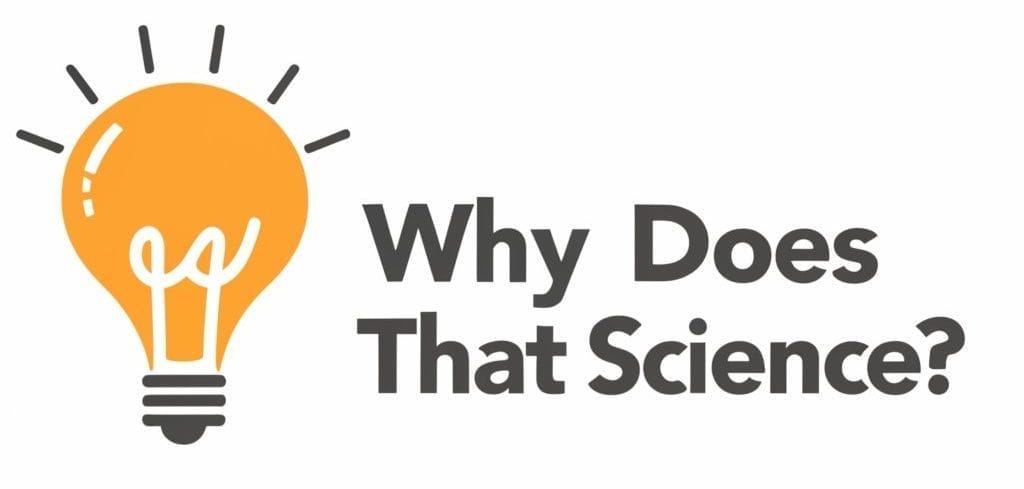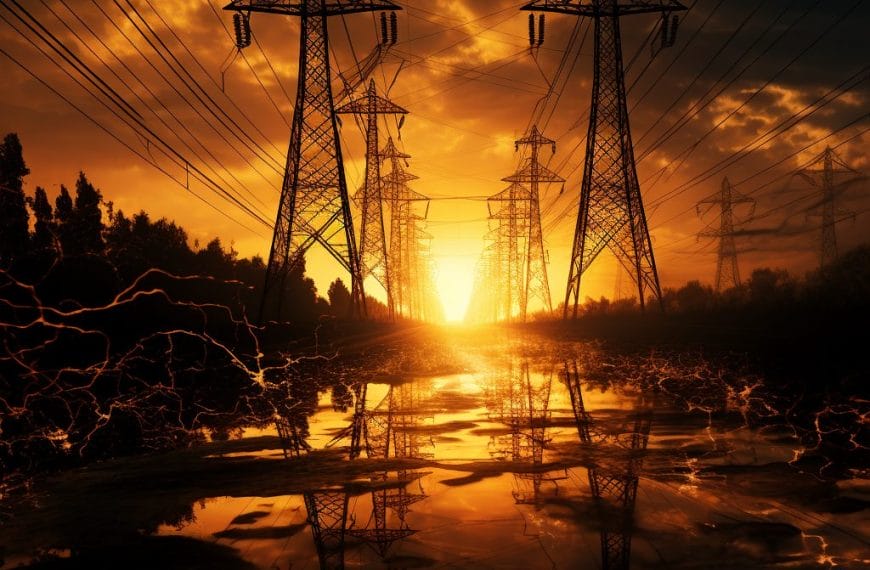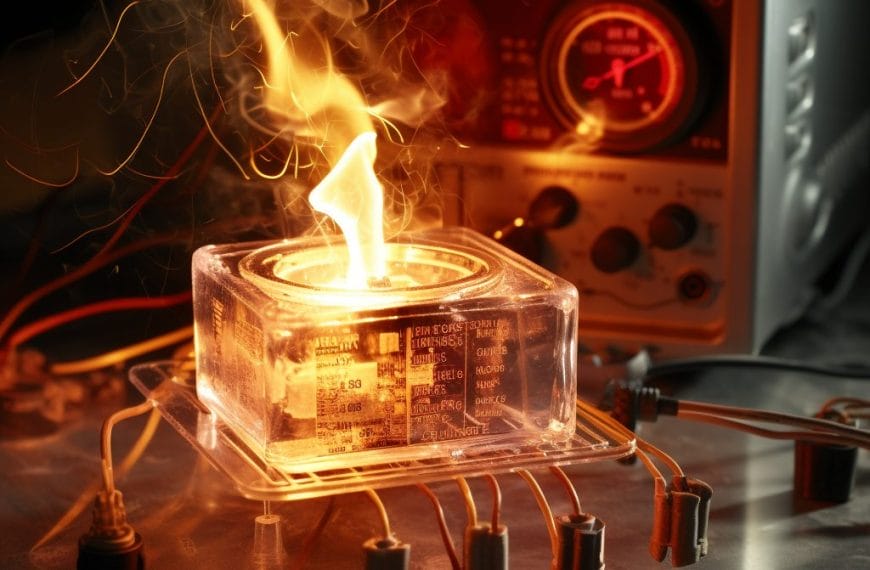Instant Heat Pump Insight
A heat pump moves heat rather than creating it, making it a highly energy-efficient way to keep your home warm in winter and cool in summer. By using a clever refrigeration cycle, this system can pull warmth from chilly outdoor air or the ground — even in cold weather — and bring it indoors, or reverse the process to keep things cool.
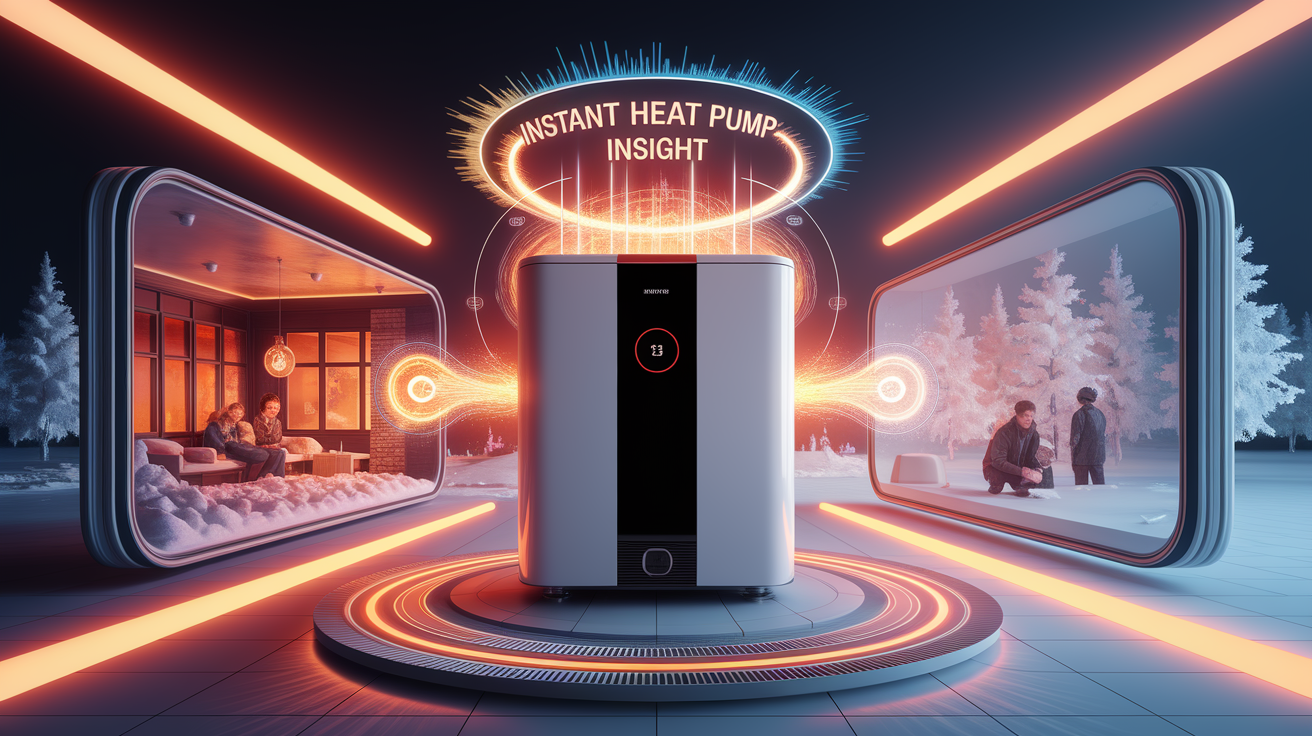
The Refrigeration Cycle
The magic of a heat pump lies in its refrigeration cycle. With the help of a refrigerant, heat pumps can transfer thermal energy from one place to another. The main components work together like a well-choreographed dance:
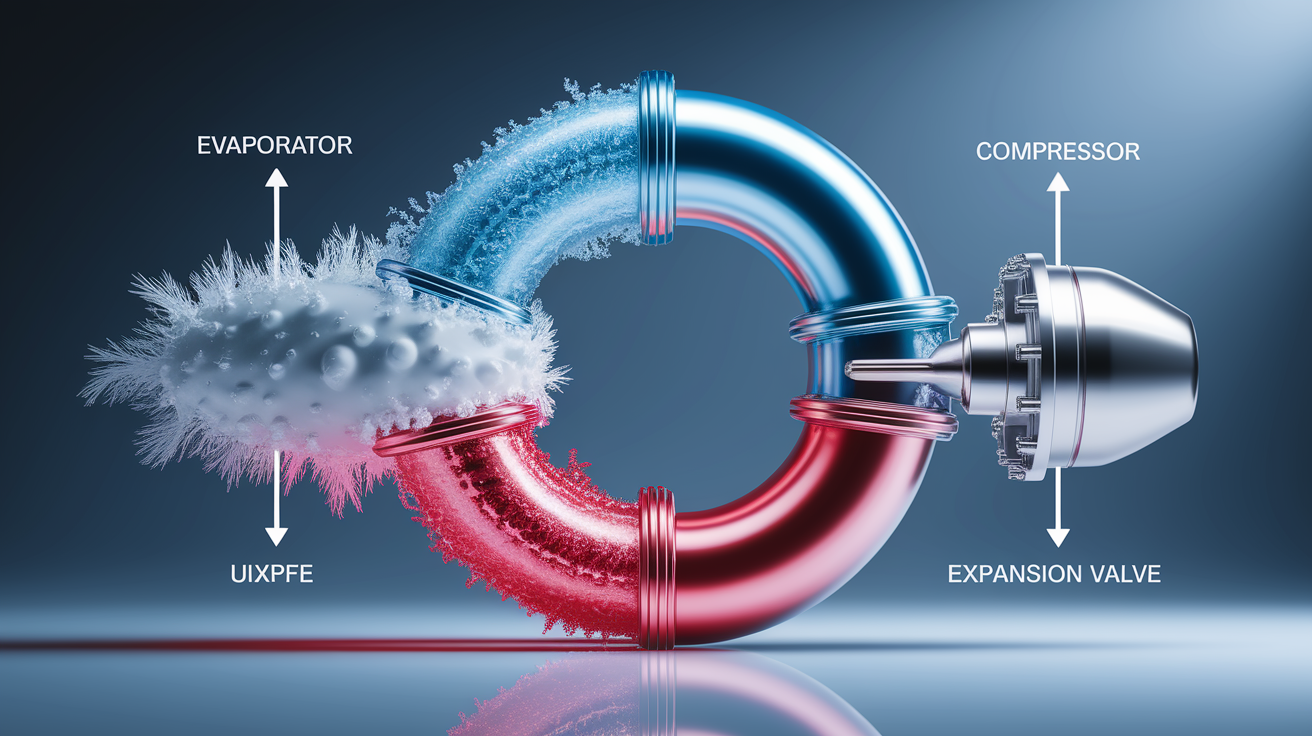
- Evaporator: The refrigerant inside absorbs heat from the source (air, ground, or water), turning into a low-pressure gas.
- Compressor: This “muscle” of the system squeezes the gas, raising its temperature and pressure significantly.
- Condenser: The hot, pressurized gas releases its heat to the indoor air (or outdoor air, in cooling mode) and condenses into a liquid.
- Expansion Valve: This reduces the refrigerant’s pressure, cooling it down before it flows back to the evaporator.
According to National Grid, this process is entirely reversible, which is why the same system can provide both heating and cooling. The key player enabling this reversal is the reversing valve.
Switching Gears: Heating vs Cooling Modes
Thanks to the reversing valve, a heat pump can swap roles between summer and winter:
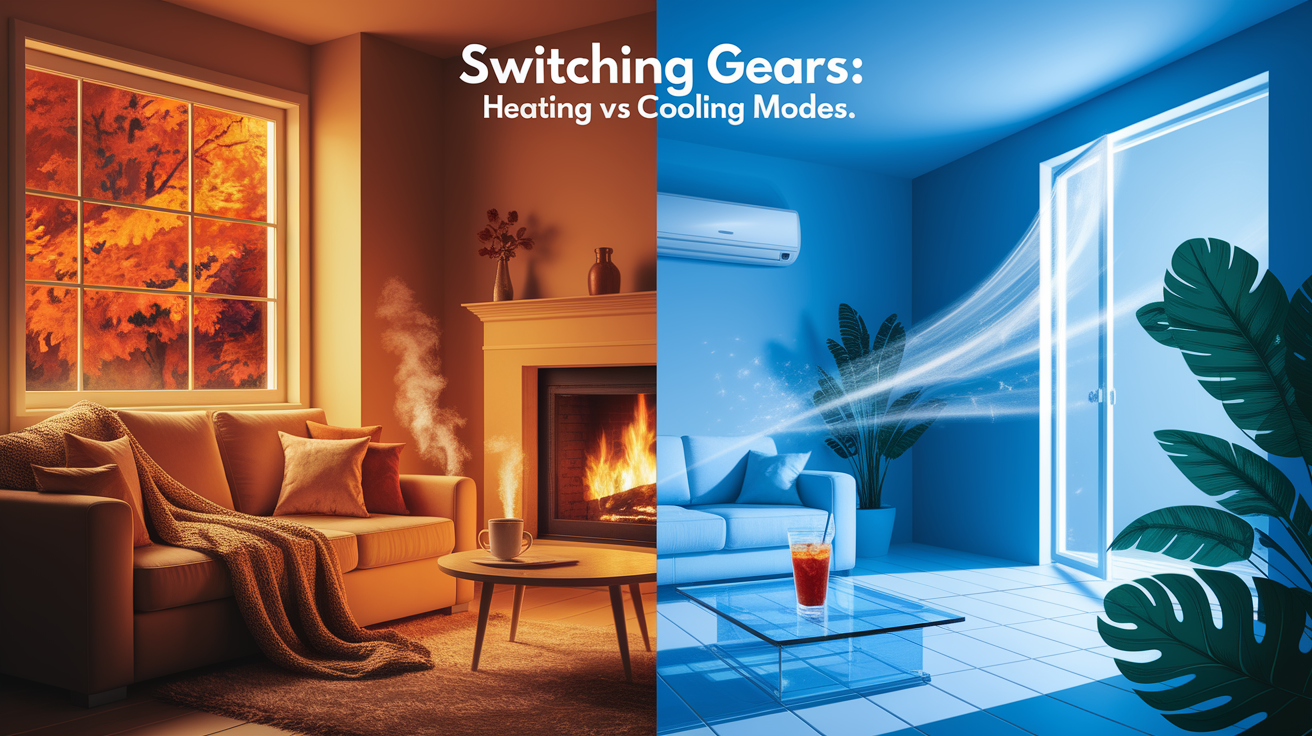
- Heating Mode: The evaporator is outside, pulling heat from the outdoor environment and sending it indoors via the condenser.
- Cooling Mode: The evaporator moves indoors, capturing heat from the indoor air and releasing it outdoors.
This switch makes an electric heat pump a versatile part of an HVAC system, helping maintain comfort in all seasons.
Heat Pump Varieties
The basic principle is the same for all heat pumps, but the source of heat changes the game. The main heat pump types are:
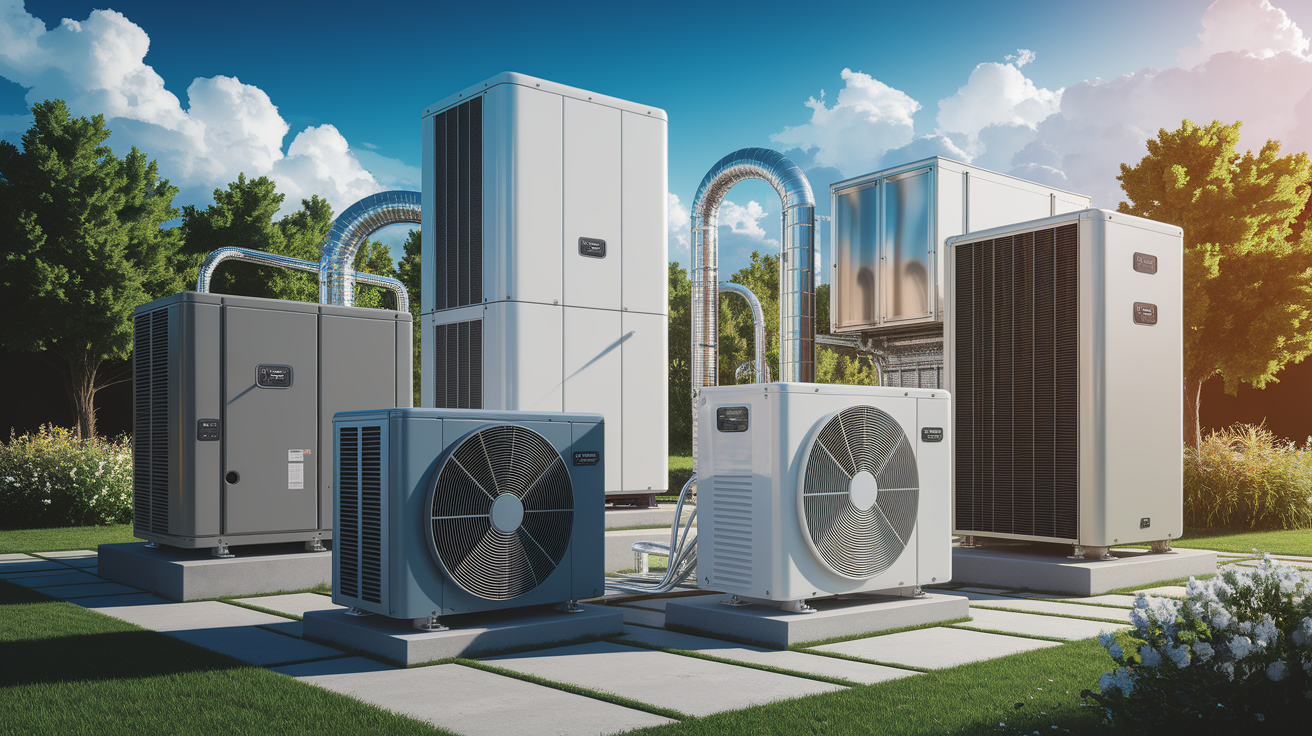
- Air Source Heat Pump: Extracts heat from outdoor air. Easier and cheaper to install, widely used in homes.
- Ground Source (Geothermal) Heat Pump: Taps into stable underground temperatures via buried loops for high energy efficiency, even in cold climates.
- Water Source Heat Pump: Draws on lakes, rivers, or wells as the heat source or sink.
Modern designs now allow cold-climate models to perform efficiently in freezing temperatures, making them a practical option for more regions.
Measuring Efficiency: COP Explained
Heat pump efficiency is measured by the coefficient of performance (COP). This metric tells us how much heat energy the system delivers for each unit of electricity it consumes:
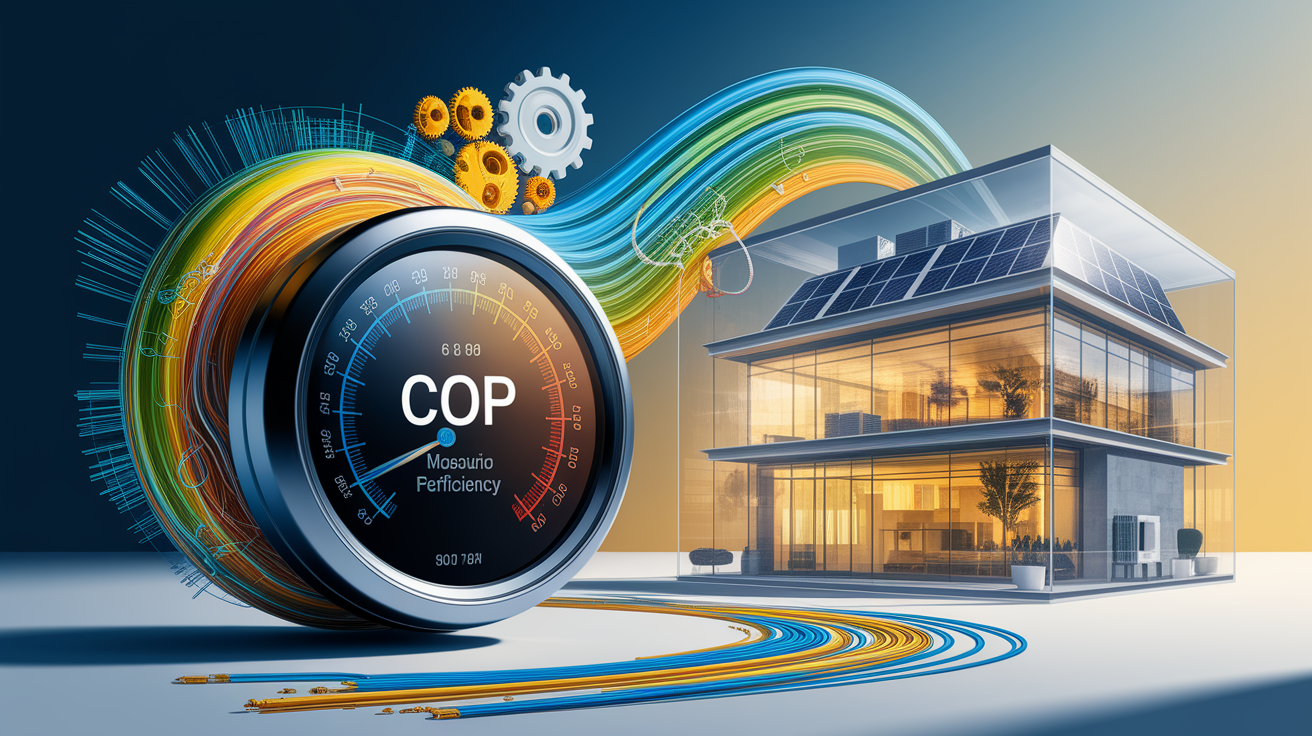
- A COP of 3 means the heat pump produces three times more heat energy than the electricity it uses.
- Most modern systems have COP values between 3 and 4, making them more efficient than traditional heating systems.
The thermodynamic advantage comes from moving heat instead of burning fuel to generate it, creating more output from less input.
Powering Your Comfort with Heat Pumps
Today’s heat pump technology goes far beyond basic heating and cooling. According to Natural Resources Canada, improvements like variable-speed compressors and advanced refrigerants let heat pumps operate smoothly across a broader temperature range. Popular modern applications include:
- Mini-Split Heat Pumps: Provide zoned room control without ductwork, ideal for targeted comfort.
- Air-to-Water Heat Pumps: Supply hot water for space heating or domestic use.
- Commercial HVAC Integration: Control buildings’ climates sustainably at large scale.
When paired with renewable electricity, heat pumps not only cut energy bills but also reduce environmental impact by lowering greenhouse gas emissions. They are quickly becoming a central pillar in the drive for sustainable heating and cooling solutions.
